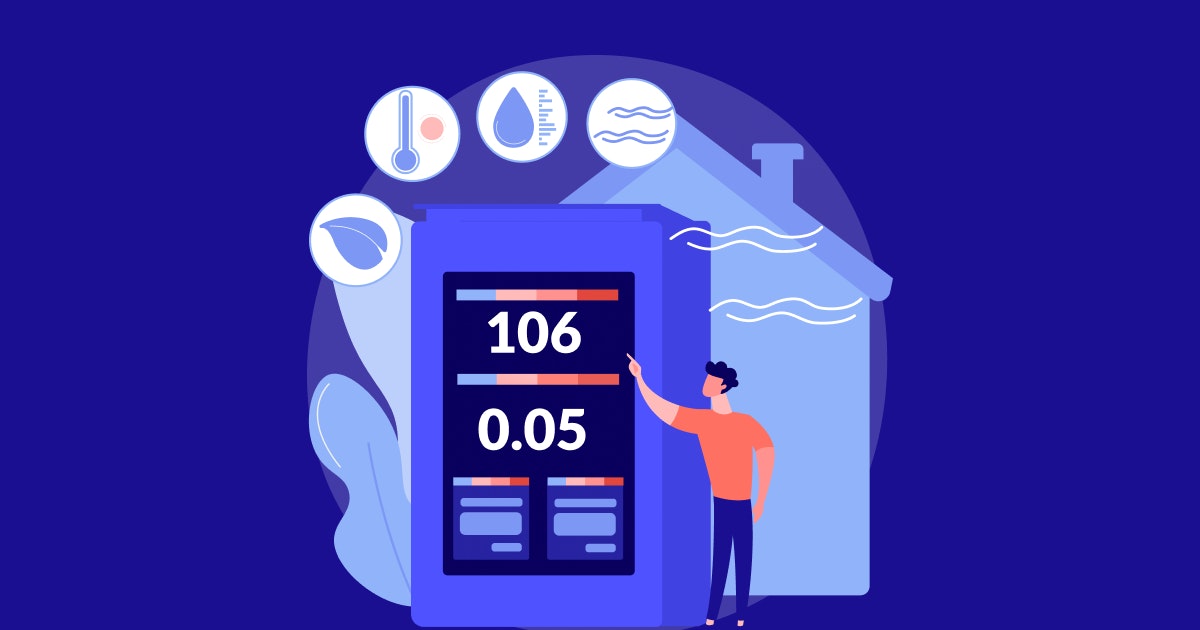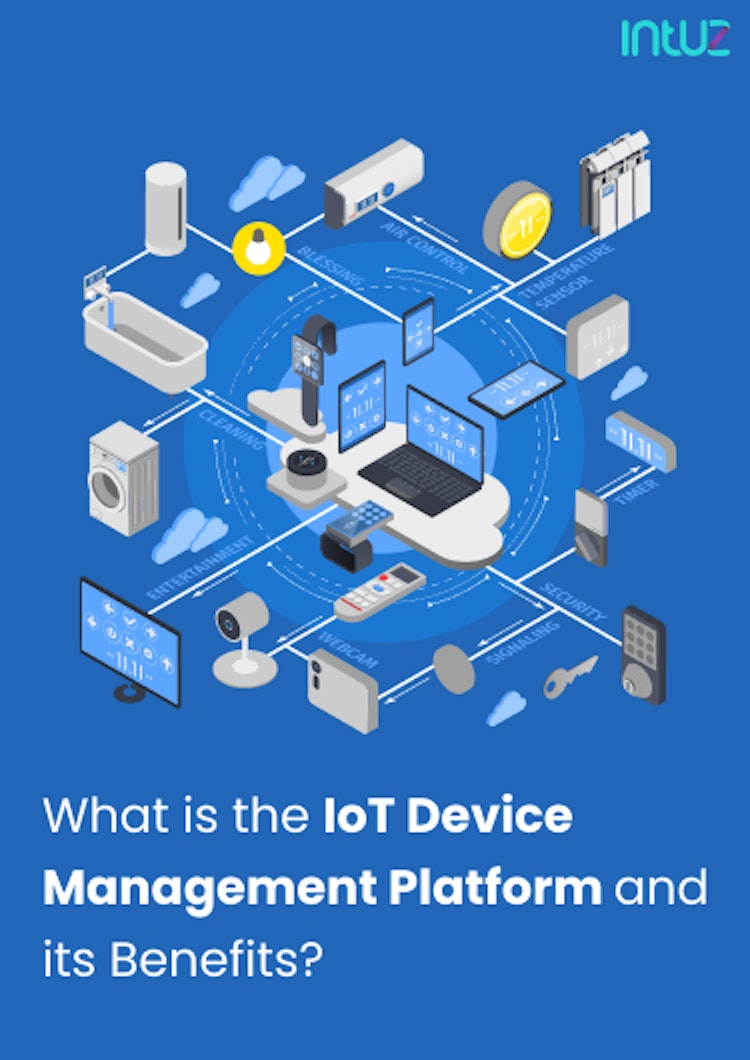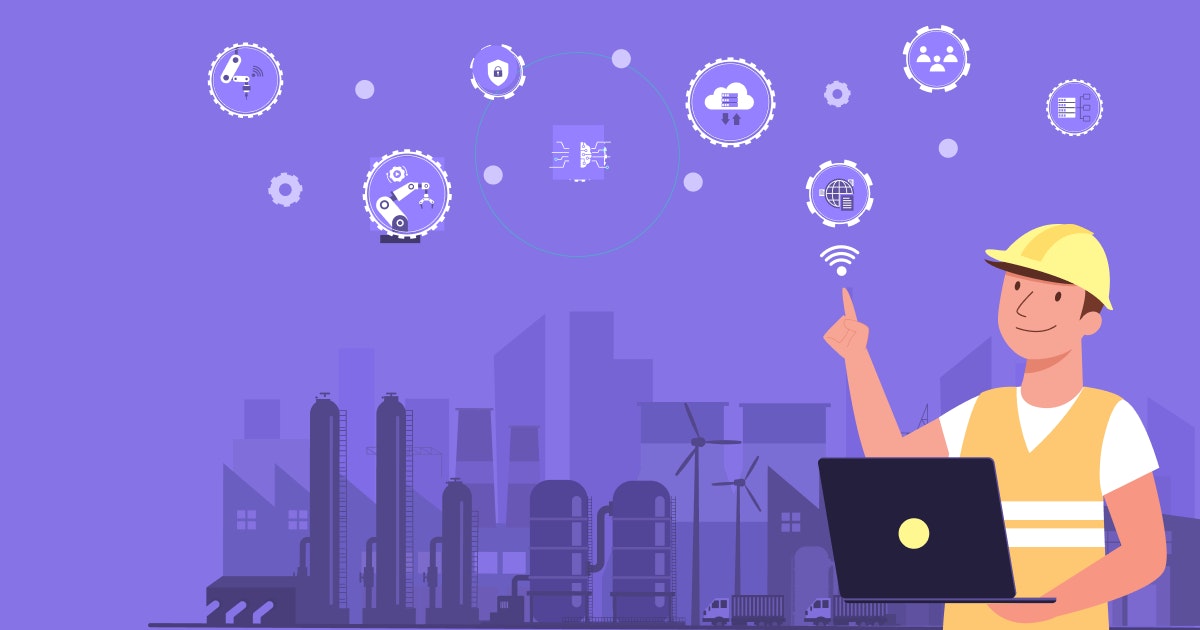Even though the COVID-19 pandemic is well behind us after two grueling years, it is still wise to maintain the usual norms of social distancing and wearing masks to minimize the odds of catching this contagious virus.
Although ensuring the compliance of COVID-19 Standard Operating Procedures (SOPs), such practices can adversely impact indoor air quality. While air is pivotal for sustaining life, its influence on industries cannot be disregarded.
The air quality determines worker performance, which affects how productively and efficiently a facility operates. In this day and age, we cannot muck about maintaining poor air quality levels. Moreover, air influences a company’s operational costs.
Corrosive particles and gasses present in the atmosphere can act as an accelerator for rusting and decomposing the metal body of various industrial equipment, leading to more repair and maintenance costs. This also hampers the speed with which goods are manufactured.
Therefore, air quality is an essential factor to consider when it comes to the health and safety of residents, employees, and society as a whole. Poor air quality can lead to several adverse health effects, including respiratory problems, heart disease, and even cancer.
In addition, it is essential to have smart air quality monitoring solutions in workplaces, industrial facilities, educational campuses, and residential units so that they smoothly function _ without faltering their operations or putting people at risk.
The excellent news is that IoT-based air quality monitors can help you assess the air pollutants in an enclosure and automatically take steps to control them.
An introduction to smart air quality monitoring solutions
Simply put, IoT as an interconnective device acts as a perfect medium for determining the air quality in a specific facility. A smart air quality monitoring solution can detect pollutants, particulate matter, toxic gasses, and other contaminants.
It helps in the real-time monitoring of your surroundings through IoT-based sensors that can be accessed remotely through a central management dashboard. The device monitors air pollution levels and transmits it to the server.
It usually detects the concentration of PM2.5, PM10, NO (Nitric Oxide), NO2 (Nitrogen Dioxide), CO (Carbon Monoxide), CO2 (Carbon Dioxide), SO2 (Sulphur Dioxide), O3 (ozone), VOCs (Volatile Organic Compounds).
You can also use it to gather environmental data such as temperature, pressure, humidity, noise, UV, Light intensity, wind speed, and wind direction.
The use of a smart air quality monitoring solution can help you gauge air quality and make informed decisions to improve it. You can use it for tracking industry emissions, identifying pollution hotspots in a city, traffic planning, and process development proposals.
Let's Implement IoT Air Quality Monitoring for Your Space!
Contact UsKey benefits of using IoT-based air quality monitors
Devices such as meters and sensors are embedded in strategic places in these IoT-driven platforms, which enable the air quality index or AQI to identify the presence of harmful gasses. Here are the top benefits of innovative air quality monitoring solutions:
Improved productivity and lower healthcare costs because everyone breathes cleaner air
Monitors multiple locations cost-effectively and generates actionable insights by leveraging the IoT technology.
Reduction in the negative impact on the environment, thus contributing to global warming and climate change.
Better compliance with safety regulations — a must in workplaces, industrial facilities, educational campuses, and residential units
An increase in the safety of human beings — regardless of where they live or work — a priority that cannot be ignored in the 2020s.
Early detection of gaseous leakages so that action can be taken before causing any loss of life or delay in operations — receive alerts in real-time and avoid accidents.
What does the system architecture of an air quality monitoring system look like?
The IoT-powered platform uses stationary or mobile IoT-enabled sensors to map and monitor air quality in small and large geographical areas.
The structure is simple — data is transmitted from these sensors and sent to a central management dashboard via the internet. The system instantly sends an alert that the air quality is very poor and something needs to be done about it at the earliest.
Big data analytics capabilities can also be applied to the data sets gathered to understand the cause behind the poor quality levels and the fluctuations in air pollution. Now that you have understood the basics of IoT-based air quality monitoring systems, let us dig deeper:
An IoT-based air quality monitoring platform comprises two components, namely a smart air monitor and the web server. The air monitoring solution has a set of IoT sensing devices that collect the data to precisely detect and analyze air quality.
You can install various types of sensors and adjust them to detect specific pollutants based on the installation environment. The data collected by the sensors is transmitted to the web server using a Long-Term Evolution (LTE) modem or IoT gateway, or data loggers.
These are installed on the device to transmit the gathered data wirelessly to the web server. Once received at the web server, the data is analyzed and visually represented. The architecture of the IoT platform is designed to be easily scalable. It comprises the following three layers:
a. Perception layer: It is the measuring device or sensor that collects data.
b. Network layer: This is a wireless network module that transmits the detected data.
c. Presentation layer: It efficiently stores data and allows data monitoring through visualization.
Sensors used in smart air quality monitoring solutions
With a set of smart sensors, gateways, and tags, the IoT-equipped platform sends real-time and automatic updates to the bespoke management dashboard. Here are the six types of sensors it makes use of and what you must also consider:
1. Microcontroller
This is a type of integrated circuit that can be used as an embedded system. Though small in size, it is powerful enough to perform tasks with limited resources. It collects data from multiple sensors for transmission to the modem or IoT gateway. Use a microcontroller that is easy to integrate and delivers high performance.
2. Laser dust sensor
It monitors and measures high aerosol levels like PM 2.5 and PM 10. The laser dust sensor quickly detects and provides real-time particle mass concentrations.
3. VOC sensor
It is a sensor that detects Volatile Organic Compounds, which are hydrocarbon-based products and organic solvents that may damage the nervous system. These compounds are organic materials such as liquid fuels, petroleum products, paraffin, olefins, and aromatic compounds.
4. Carbon Monoxide sensor
As the name suggests, this is a semiconductor-based gas sensor that detects CO gas with high sensitivity. Carbon monoxide is a toxic gas that can be produced by incomplete combustion of carbon compounds such as petroleum, gas, and coal.
When CO gas binds with hemoglobin instead of oxygen, they cause hypoxia, eventually causing death if left untreated. CO-based emissions come from the use of fossil fuels, such as vehicles running on gasoline or diesel, and even during cooking food at home.
5. Carbon Dioxide sensor
This is a sensor using nondispersive infrared technology (NDIR) to detect and monitor CO2 concentrations. Though not an air pollutant under normal conditions, high levels of CO2 lead to insufficient oxygen in an enclosed space.
It must be controlled to avoid breathing difficulties. Such a sensor keeps track of its levels in outdoor and indoor spaces and alerts the end consumer accordingly.
6. Temperature-humidity sensor
This is a capacitive sensor that comprises an on-chip signal conditioner. Moisture and temperature are two essential components in an environment. Temperature-humidity sensors detect and indicate the water vapor content in a place. The sensor’s data can be used to calculate relative humidity levels in different temperatures.
How does Arduino measure air quality?
This open-source electronics platform designs and manufactures single-board microcontroller kits and microcontrollers for building digital devices. The smart air quality monitoring device can be installed near any Wi-Fi hotspot.
The Arduino board loads upon switching on the power and leverages the required libraries so you can see messages flashing on the LCD screen. The MQ-135 sensor, a part of the Arduino board, for instance, starts sensing.
The sensor is calibrated to generate an analog output voltage. The signal is proportional to the concentration of polluting gasses in parts-per notation or PPM. The analog voltage of Arduino is converted to a digital value by using its in-built Analog-to-Digital Converter (ADC) channel.
You can assume the digitized value to be proportional to the concentration of gasses in PPM and display that on the LCD screen. On the other hand, the Wi-Fi module is configured to connect with an IOT analytics platform service.
It allows you to aggregate, analyze, and visualize live data streams in the cloud. Instant visualizations of the IoT data will enable you to take corrective measures or direct the system to activate the control mechanism.
Parameters to consider for IoT app development for air quality system integration
Here is the thing — a new generation of lower-cost sensors is benefitting from the advancements made in sensor and communications technologies in the market. These IoT-connected devices sense the environment several times a minute.
They generally deliver a one-minute average value to a connected analytics solution, thus creating an opportunity for quality and effective air pollution monitoring. You must check the following parameters while developing an IoT application for air quality system integration:
1. Real-time monitoring
It must monitor air pollutants, record alarms and images of pollution sources, and propose rectification options.
2. Clear-cut visualization
It should be able to visualize and display real-time information from all surveillance sites, including local conditions, weather, propensity, and so on.
3. Robust reporting
The IoT-equipped platform must present statistical indicators of monitoring data and showcase images of sites with pollution violations to give the end consumers a better sense of what the situation is and what they are supposed to do.
4. Remote configuration and analysis
You must analyze and present the aggregated picture of conditions within a geographical area and calculate the pollution severity level effortlessly. It must be able to receive messages in all locations.
Opt for remotely configurable devices transmit data across all geographical locations. The gateway must cover a range of around 500m to 10km. The solution must also help inaccurate location findings.
5. SIM-free
To reduce GSM costs, you must ensure the IoT device is small and SIM-free. Plus, the platform will work in the long run with sturdy technology.
6. Lower frequency tags
Tags must consume low power to ensure they last longer. Plus, they can be seen inside everything. You must ensure your platform consumes less battery so it runs longer.
7. Multi-functionalities
The IoT device must be able to perform multiple tasks such as tracking movements or indicating temperature fluctuations. Otherwise, what is the point of using it for monitoring air quality?
8. Rapid deployment of infrastructure
Sensors should allow you to switch from digital to analog to enhance recovery capabilities. Therefore, the infrastructure must be wireless to enable rapid deployment.
Next-Generation IoT Enabled Air Purifier: Smart Technology for Cleaner, Fresher Air
Read NowOver to you
Air quality directly affects human health in both urban and industrial setups. Monitoring the air quality of our surroundings is an important task, but it can become daunting if you do not have any accurate information in hand.
Using IoT technology helps improve the data collection process as it throws a brighter light into the real matter in question. A smart air pollution monitoring system is helpful for various aspects, including dangerous gas monitoring, temperature tracking, and other parameters that need immediate attention — regardless of where they are used.
If you are looking to build a smart air quality monitoring system for your residential facility or manufacturing unit and need tech support that delivers, look no further.
Simply, Book a Free 45-minute Consultation with Our IoT Experts Today! Get a customized roadmap and strategies to leverage IoT for air quality monitoring.






